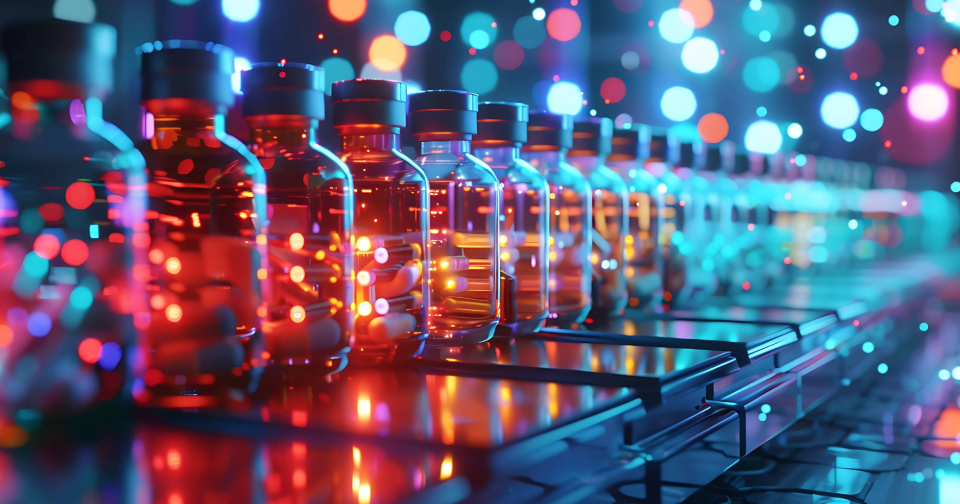The green fingered among us take great pride in our blossoming gardens and house plants; those, like me, with less of a knack for it at the very least appreciate our public green spaces. Soon, all may be transformed with a new lease of light.
Light Bio, with support from Ginkgo Bioworks, have generated the Firefly Petunia; a USDA regulatory-approved bioluminescent plant that is available to buy and brighten up flower beds across the US. The flower emits a soft glow, reminiscent of moonlight.
By harnessing the powers of synthetic biology, the team of 26 scientists, spread across 9 research groups, built upon the preceding knowledge of a naturally occurring bioluminescence pathway found in the fungus Neonothopanus nambi1. They found a surprising similarity between this pathway and those involved in plant metabolism, which provided optimism that the pathway could be successfully transduced into plants. However, when initially engineered into different cell types, the light was pretty dim due to a lack of optimal conditions needed for sufficient enzymatic activity. But with further optimisation of the genes involved, the team successfully engineered plant cells to have self-sustained luminescence. Their research, accompanied by some impressive images of glowing exemplary species, was published in Nature methods in January 20241.
The researchers also engineered luminescence into mammalian cells, but external factors were required to keep the light on. On the other hand, due to the synergy of the metabolic pathways involved, the luminescence in plants is self-sustaining, meaning that no further external intervention is required to keep these plants alight.
This is not the first time bioluminescent plants have been in the spotlight. Scientist and CEO of Light Bio Keith Wood was part of the team that first discovered bioluminescence genes in fireflies, which they then used to create the first transgenic glowing plant in 19862. Today, nearly 40-years on, with the help of rigorous optimisation and regulatory approval, these plants are brighter than ever and can now be welcomed into homes in the US without the need for any special treatments. Light Bio chose the petunia as its first product because it is one of the most popular, low maintenance ornamental plants in the world. The Firefly Petunia will be available for purchase across the US for $29 from April.
Light Bio and Ginkgo have many bright ideas for the future. The Nature paper already demonstrates the expression of this pathway in a range of plants across various scientific and industrial contexts, from model plants Arabidopsis thaliana, to industrially cultured tobacco Nicotiana tabacum1. They soon aim to bring many more plant varieties to market, glowing across the spectrum. They also believe that expression of this pathway in mammalian cells could offer potential as a research tool, not dissimilar to the use of Green Fluorescent Protein (GFP), and serve as a non-invasive method for monitoring physiologically processes in the future.
- Shakhova, E.S., Karataeva, T.A., Markina, N.M. et al. An improved pathway for autonomous bioluminescence imaging in eukaryotes. Nat Methods (2024). https://doi.org/10.1038/s41592-023-02152-y
- Schmeck Jr. H. M, (1986) ‘Tobacco plant with firefly gene implant grows’. The New York Times. November 7, 1986, Section A, Page 12
This blog was originally written by Alice Jefferies.
Amelia is an Associate Patent Attorney in our life sciences team. Amelia has an undergraduate BSc degree in Biochemistry from Cardiff University with an Industrial placement at GlaxoSmithKline and a PhD Cancer Sciences from University of Manchester.
Email: amelia.jones@mewburn.com


-1.png)